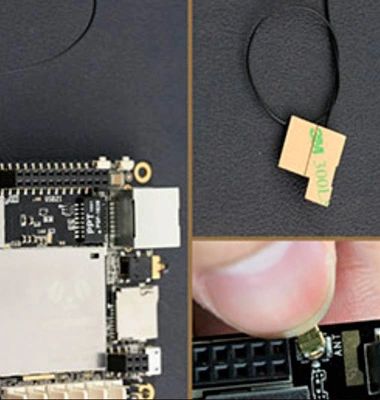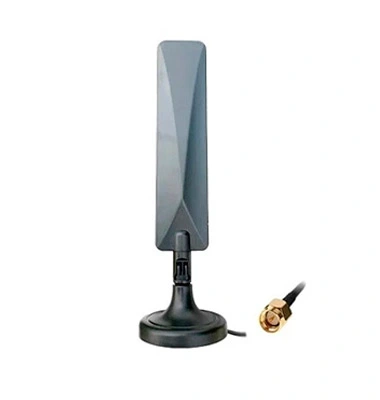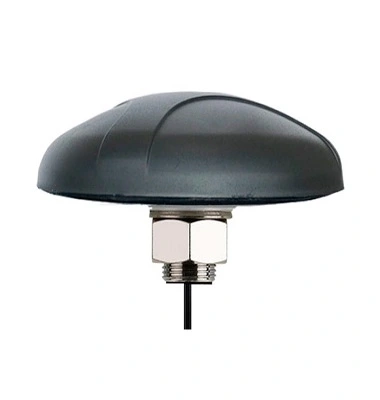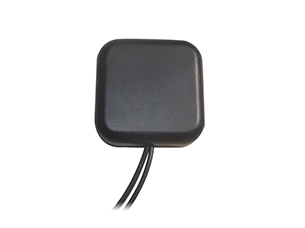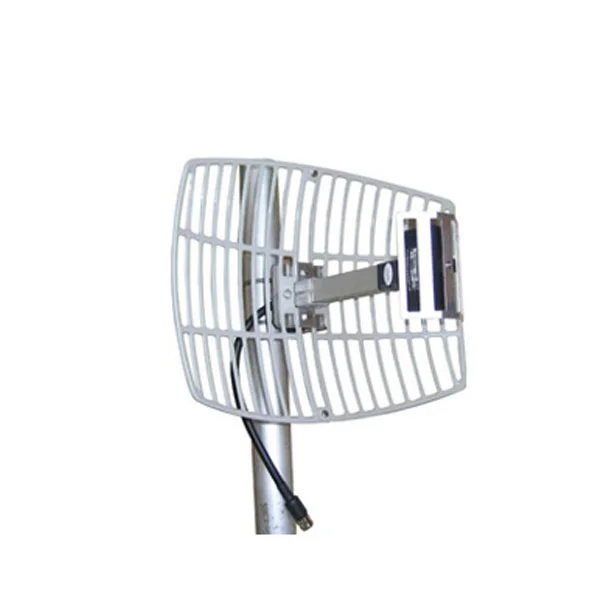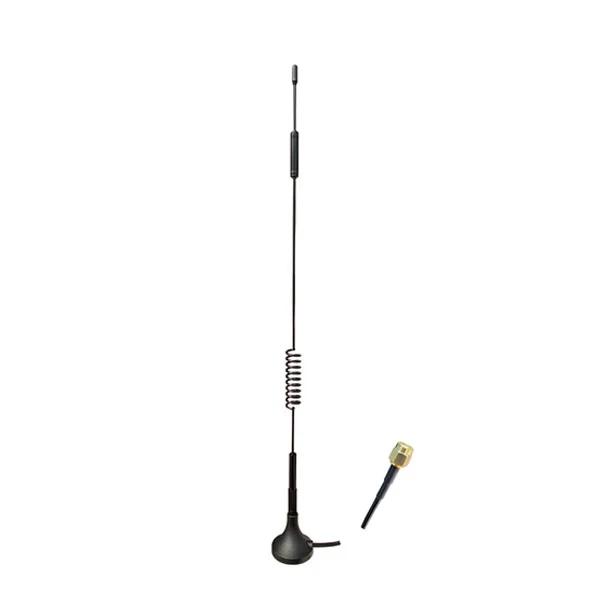Mar 26 , 2024
In the realm of wireless communication, technologies like Multiple Input Multiple Output (MIMO Antenna) and Radio Frequency (RF) antennas play pivotal roles. They are fundamental components in enhancing the efficiency and performance of wireless systems. Understanding the differences between MIMO Antenna and RF antennas is crucial for optimizing wireless communication systems.
MIMO Antenna stands for Multiple Input Multiple Output. It's a wireless technology that uses multiple antennas at both the transmitter and receiver to improve communication performance.
MIMO Antenna technology exploits multipath propagation to transmit multiple data streams simultaneously, thereby increasing data throughput and reliability. By utilizing spatial diversity, MIMO Antenna enhances signal quality and reduces interference.
There are various types of MIMO Antenna systems, including Single-User MIMO Antenna (SU-MIMO Antenna) and Multi-User MIMO Antenna (MU-MIMO Antenna), each catering to specific communication scenarios.
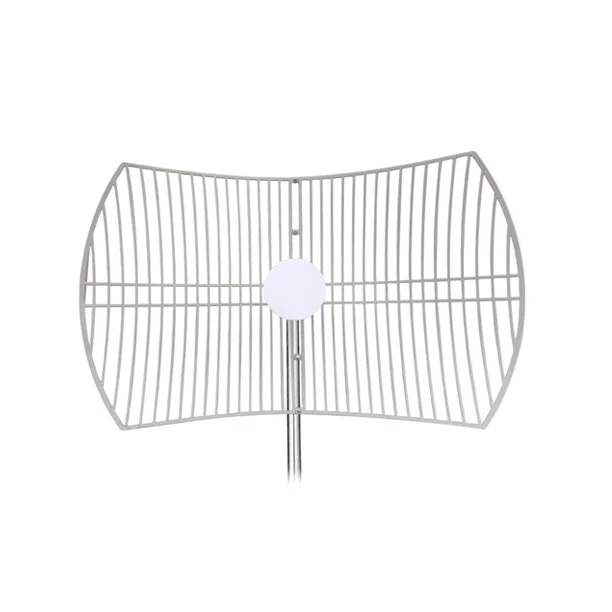
An RF antenna is a transducer that converts radio frequency electrical currents into electromagnetic waves and vice versa. It plays a crucial role in transmitting and receiving wireless signals.
RF antennas come in various forms, such as dipole antennas, patch antennas, yagi antennas, and parabolic antennas, each designed for specific applications and frequency ranges.
While MIMO Antenna involves multiple antennas at both ends of the communication link, RF antennas are primarily single antennas used for transmission and reception.
MIMO Antenna focuses on exploiting spatial diversity and multipath propagation to enhance data throughput and reliability, whereas RF antennas primarily serve as transducers for converting electrical signals to electromagnetic waves and vice versa.
MIMO Antenna technology is commonly used in wireless communication systems like Wi-Fi, LTE, and 5G for improving spectral efficiency and coverage. RF antennas, on the other hand, find applications in various fields, including broadcasting, radar systems, and RFID technology.
MIMO antennas offer a range of advantages, including increased data throughput, improved signal quality, extended coverage, and enhanced resistance to fading and interference. These benefits stem from their ability to utilize multiple input and multiple output streams, allowing for efficient data transmission in diverse environments. However, MIMO antennas come with limitations such as heightened hardware complexity and susceptibility to spatial correlation and varying channel conditions.
On the other hand, RF antennas provide simplicity and cost-effectiveness in design, along with a wide frequency coverage and versatility in applications. They are compatible with various communication systems, offering flexibility in deployment. Nonetheless, RF antennas also face limitations, such as restricted bandwidth in certain designs, directional issues in specific applications, and vulnerability to environmental factors like weather and interference. Despite these limitations, both MIMO and RF antennas remain integral components in modern wireless communication systems, each offering unique advantages and addressing specific challenges.
MIMO Antenna technology finds applications in:
Wireless LAN/Wi-Fi networks
Cellular communication systems (LTE, 5G)
Point-to-point communication links
Massive MIMO Antenna for future wireless networks
RF antennas are used in various applications, including:
Broadcasting (TV, radio)
Radar systems for navigation and surveillance
Satellite communication
RFID technology for tracking and identification
Future of MIMO Antenna and RF Antenna
The future of MIMO Antenna and RF antenna technologies looks promising, with ongoing research and development aimed at further enhancing performance, reducing costs, and expanding applications in emerging wireless communication systems.
In conclusion, while both MIMO Antennas and RF antennas are essential components of wireless communication systems, they serve distinct purposes and have unique characteristics. Understanding the differences between them is crucial for designing efficient and reliable wireless networks.
Are MIMO Antennas and RF antennas the same?
No, MIMO Antenna and RF antennas are not the same. MIMO Antenna refers to a technology that uses multiple antennas for improved wireless communication, while RF antennas are transducers that convert electrical signals into electromagnetic waves and vice versa.
What are the main advantages of MIMO Antenna?
The main advantages of MIMO Antenna include increased data throughput, improved signal quality, enhanced coverage, and better resistance to fading and interference.
Where are RF antennas commonly used?
RF antennas find common applications in broadcasting (TV, radio), radar systems, satellite communication, and RFID technology.
What are the limitations of MIMO Antenna technology?
Some limitations of MIMO Antenna technology include increased complexity in hardware and signal processing, susceptibility to spatial correlation, and dependency on channel conditions.
How do RF antennas differ from MIMO antennas in functionality?
RF antennas primarily serve as transducers for converting electrical signals to electromagnetic waves and vice versa, whereas MIMO antennas exploit spatial diversity and multipath propagation to enhance communication performance.
This is the first one.
